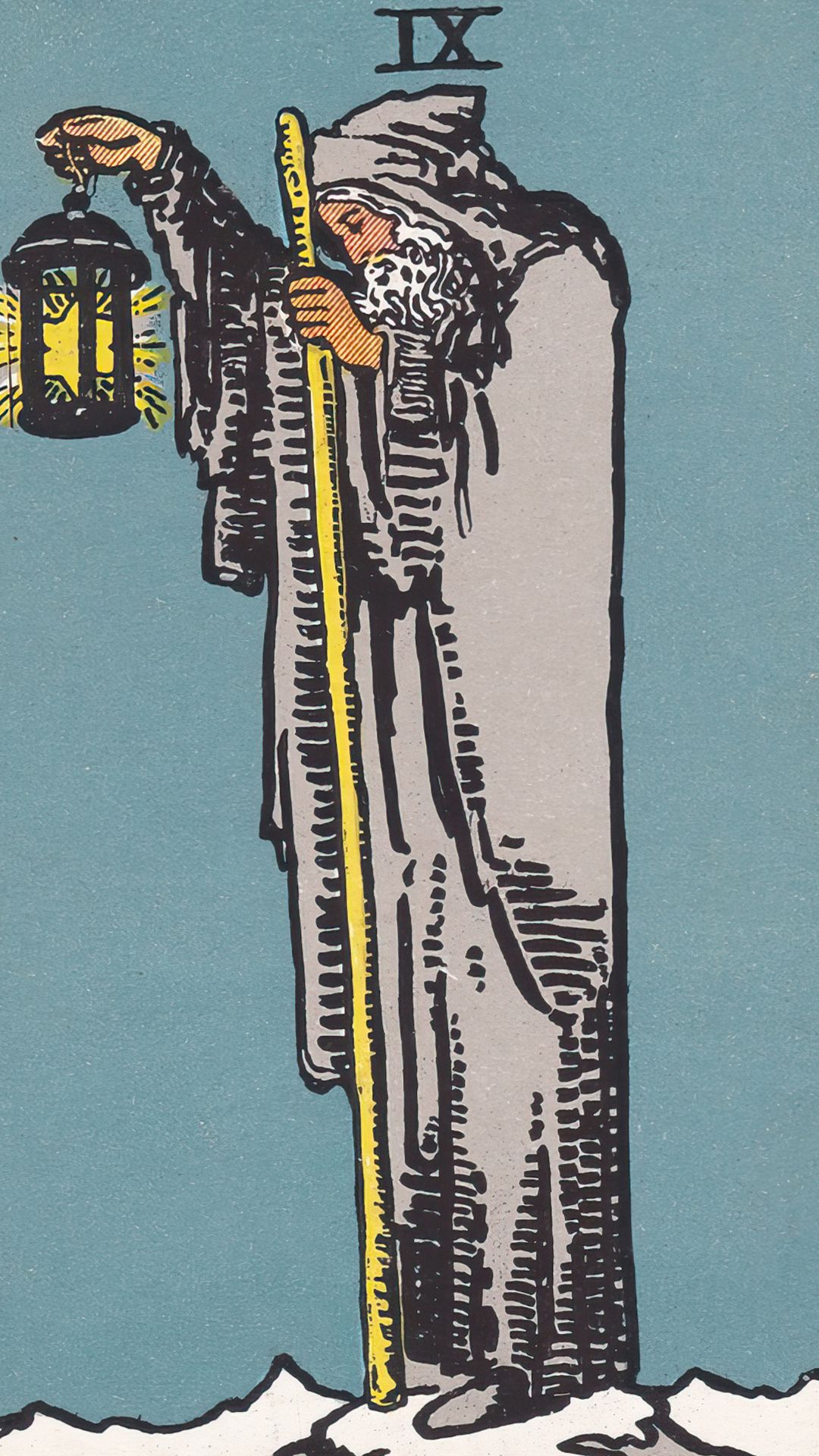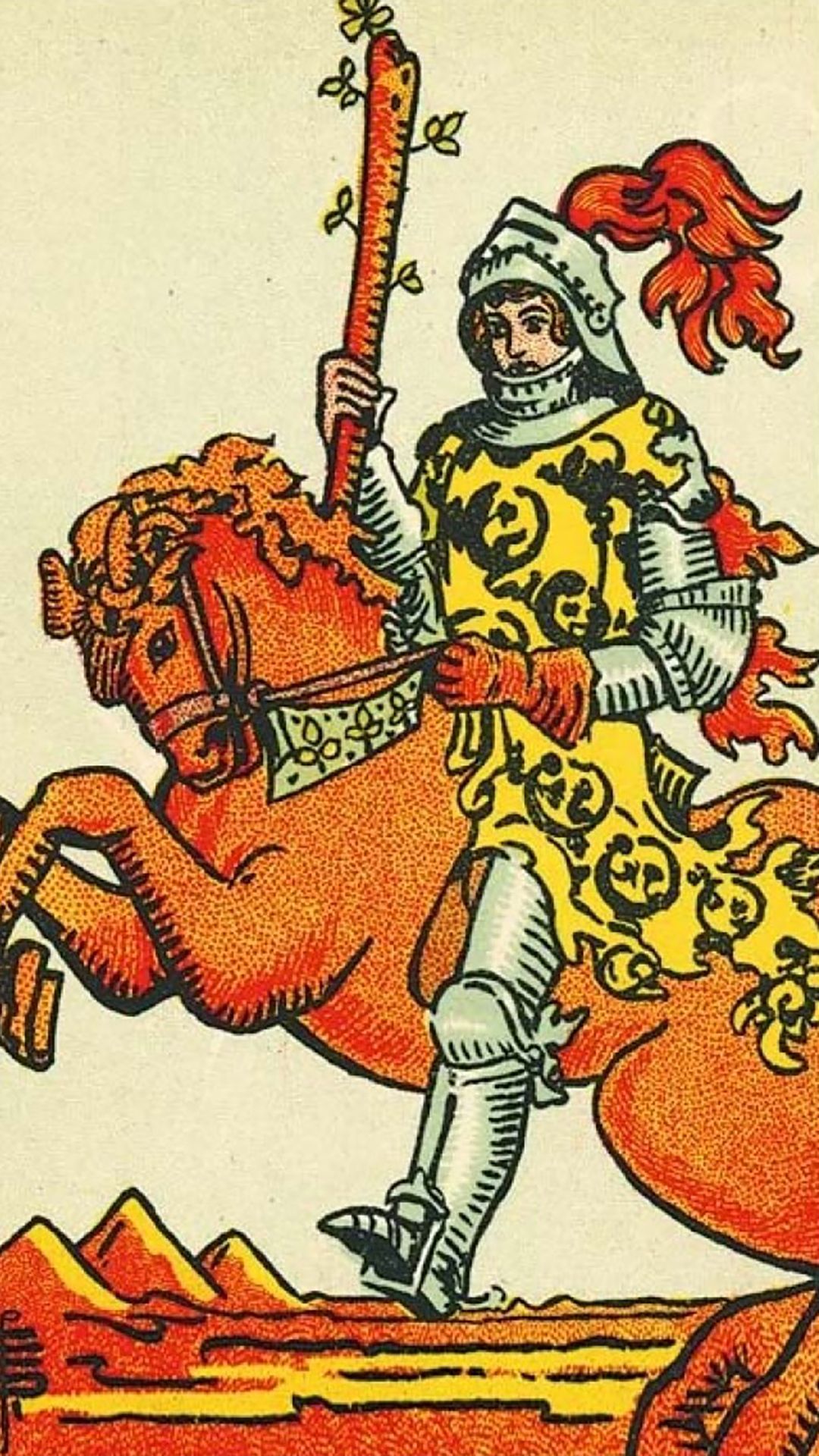Combination of card The Hermit and card Knight of Wands
The Hermit and the Knight of Wands in an upright position create a powerful duo of wisdom and action. Picture a seasoned mentor passing the torch to an eager protégé. The Hermit's quiet contemplation fuels the Knight's determination – this partnership often signals successful completion of intellectual endeavors. Inner understanding transforms into concrete steps, and depth of thought finds its practical expression.
Combination of card The Hermit and reversed card Knight of Wands
The Hermit standing upright next to the reversed Knight of Wands reveals an imbalance between reflection and action. Deep contemplation is blocking the implementation of plans. You're stuck in endless analysis while opportunities slip away. This closed loop of planning without moving forward is a classic trap for perfectionists and chronic overthinkers.
Combination of reversed card The Hermit and card Knight of Wands
A Reversed Hermit alongside an upright Knight of Wands signals the need to act even when internal clarity is missing. It's like standing in fog at a crossroads, but hesitation isn't an option. The Knight's energy pushes you toward decisive action, despite doubts. This combination often appears when intuition is clouded – but waiting is more dangerous than making an imperfect choice.
Combination of reversed card The Hermit and reversed card Knight of Wands
Reversed Hermit and Knight of Wands point to complete stagnation. Inner confusion blocks any initiative. You feel stuck in the quicksand of your own doubts – unable to move forward or backward. This combination often reflects a state where fear of change paralyzes willpower, and familiar discomfort seems safer than the unknown.

